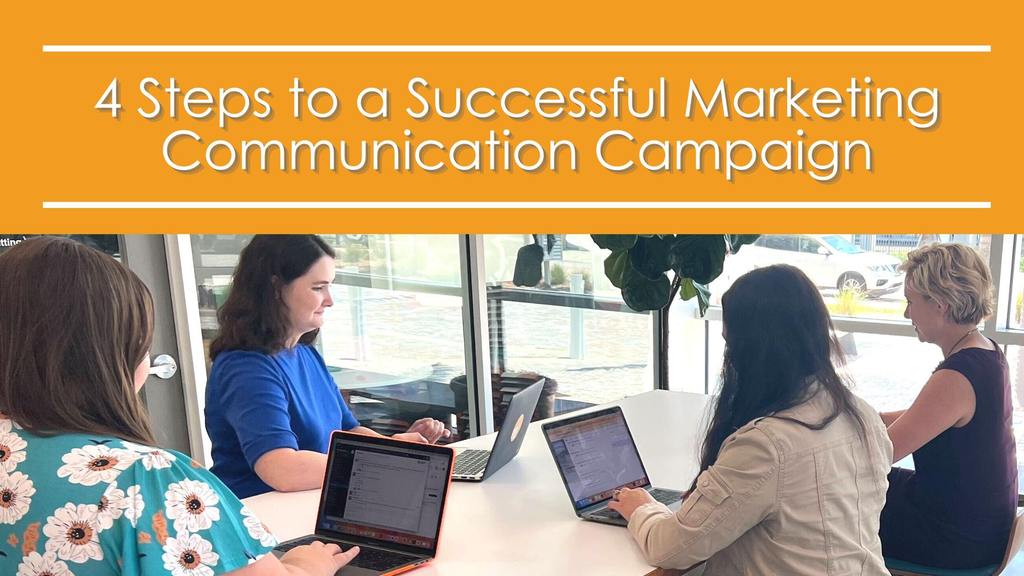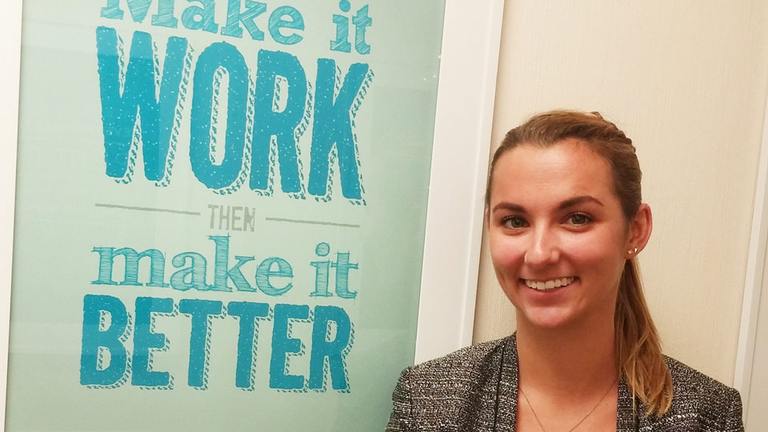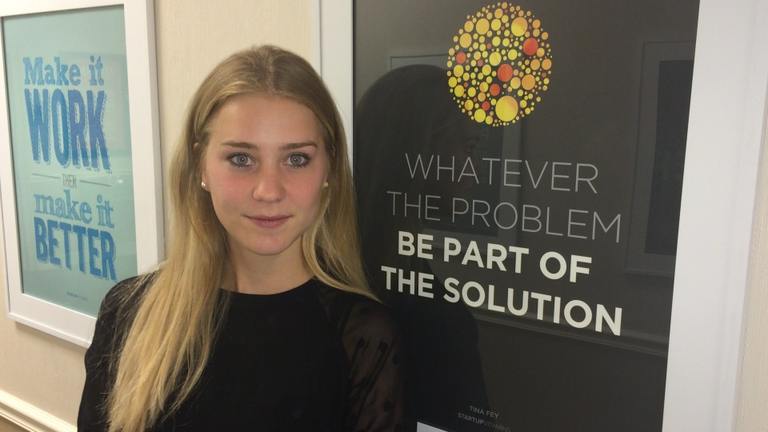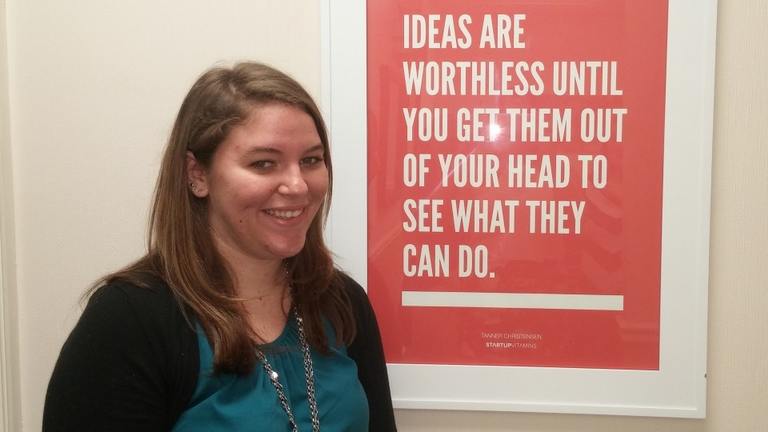
4 Steps to a Successful Marketing Communication Campaign

A robust, successful campaign takes much skill and strategy to execute well. Think beyond the tactics (how you plan to execute – banner on the website, social content) and start with the goal – your desired outcome. Ask yourself, “What are we trying to accomplish with this campaign? What does success look like?”.
Then, use these four steps to ensure your marketing communication campaign is a success.
1. Define the Problem.
As we mentioned, start with the goal and what you hope to accomplish. What is the problem you are trying to solve? Conducting research into your company’s situation is the core foundation of a successful campaign. For example, if you desire to increase sales, start with why you don’t have the volume you want already.
Determine where your company’s strengths and weaknesses lie and outline the details of what you’re trying to do in alignment with those.
If you’re a restaurant wanting to start a new special, we would suggest researching what other restaurants in the area have done for similar specials. We would also suggest determining what your current customer base and internal staff think about the special. This lets you lay a foundation for communication and sets up the campaign for success.
2. Outline the Objective(s).
Use the research you gathered to create objectives for your campaign. These are strategic and measurable statements that outline what you will do, who it will reach, and how you will measure its success. Objectives should be SMART (specific, measurable, achievable, relevant, and time-bound). The most successful objectives help to keep your campaign on track, eliminating the potential for deviation unless necessary.
As your campaign’s roadmap, objectives should outline what you’ll do throughout the campaign. Use them to craft a strategy. These are the avenues in which you will achieve your objectives.
3. Set your Strategy.
Having a thought-through strategy is crucial to the success of your campaign. First, ensure your team determines the ideal elements used (social media, publicity, email, events, etc.). There are many ways to get your message across, but this is also where research comes in handy. Where does your target audience get their communication? Do they watch the news? Scroll through social media? Attend community events? Ask yourself and your team these questions to determine the best way to communicate your message.
As an example, if the objective is to generate awareness among your target audience about a new product, one of your strategies could be to utilize social media advertisements to target certain people in order to get your product on their feed. There could be more than one strategy for each objective.
Keep in mind the tactical elements of strategies, and plan for logistics. Doing so will help you assign team members roles in the campaign so everyone knows their tasks.
4. Reflect and Adjust.
Throughout your campaign, and of course, at the end of it, it’s important to evaluate success. While elements of your strategy are ongoing, analyze what is working and what isn’t. Adjust as you see fit in order to obtain the greatest results at the end.
When it is time to reflect overall on what you accomplished at the end of the campaign, don’t be afraid to identify shortfalls. It’s okay. Every campaign has them!
Take a look at the data you have. Do you have feedback from customers? Social media analytics? Whatever it may be, really dive deep into it. Figure out what you could have done better for the next campaign. Doing this will help you set your company up for future success.
Strategic marketing does take some brain power and time – but if you follow these four steps, you are well on your way to success! Plus, we are here to help. Contact us today and see how we can help your business grow.
This article may not be copied, reproduced, or distributed without Pushing the Envelope’s prior written consent. All information is as of the date above unless otherwise disclosed. The information is provided for informational purposes only and should not be considered a recommendation to purchase any product or service presented or provided by Pushing the Envelope. The information does not represent legal advice; recipients should consult their respective advisors regarding such matters. This material may not be suitable for all businesses. Neither Pushing the Envelope nor any affiliates make any representation or warranty as to the accuracy or merit of this information for individual use. Information contained herein has been obtained from sources believed to be reliable but are not guaranteed.
You May Like

What I've Learned So Far In My PTE Internship
By: Natalie Bollt It is safe to say that I have learned more in these past weeks interning at Pushing the Envelope than I could have ever imagined. While the courses I take at the University of Miami are educational and provide textbook information on the industry, this internship has

PTE Welcomes Our First International Intern, Wytske!
Written By: Wytske Rijpkema Hi Everyone, My name is Wytske Rijpkema and I’m thrilled to be the new and first international intern at Pushing the Envelope. I was born in a small village in the north of the Netherlands, where I grew up on a farm with my father (who

What I’ve Learned So Far In My PTE Internship
I can’t believe that I have been at this internship for more than a month now. Not having any experience at a PR firm, I wasn’t sure what I was getting into when I started. I was pretty nervous on my first day and didn’t really know what to expect